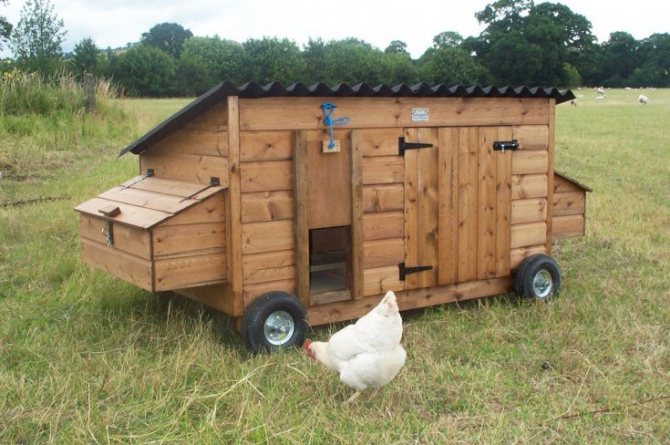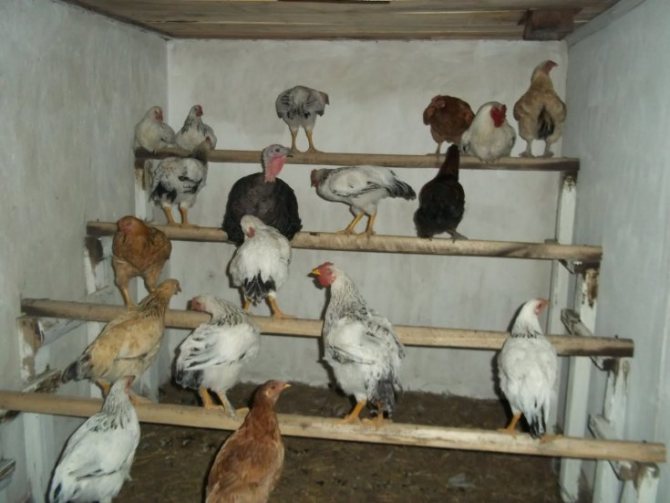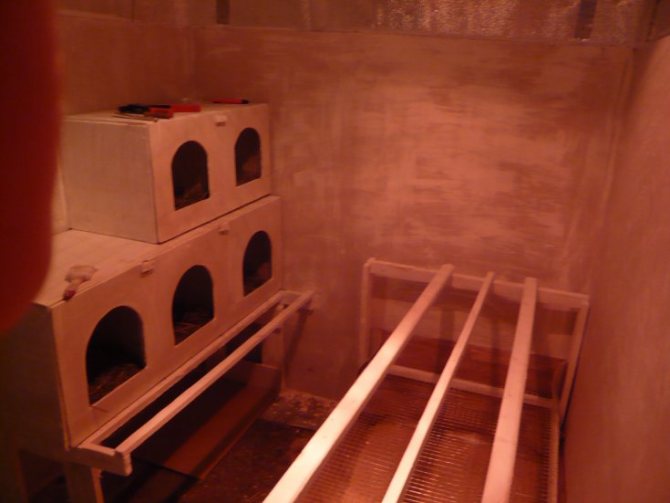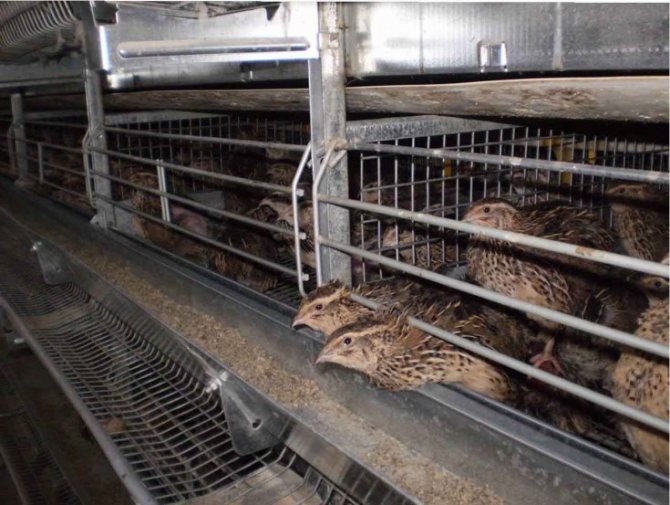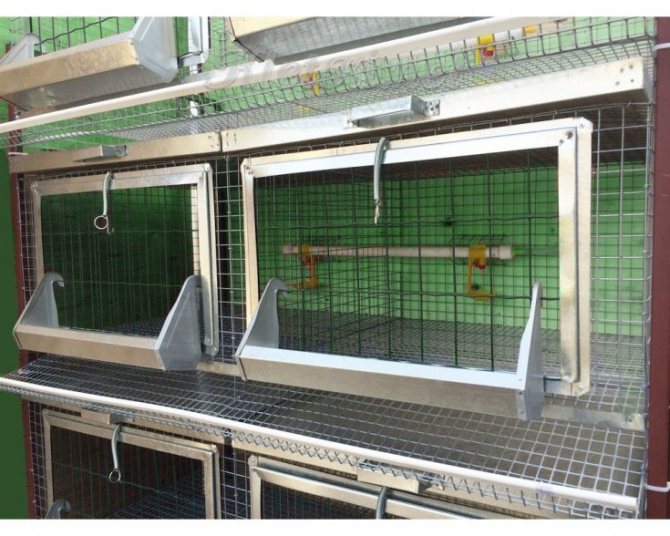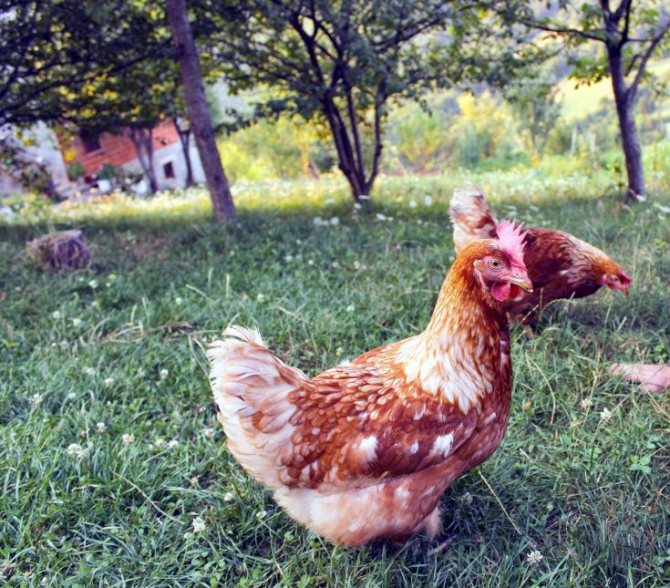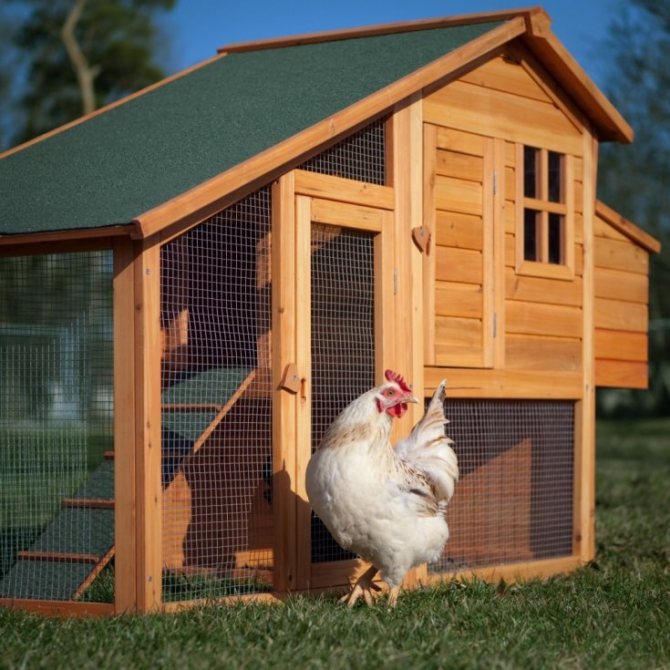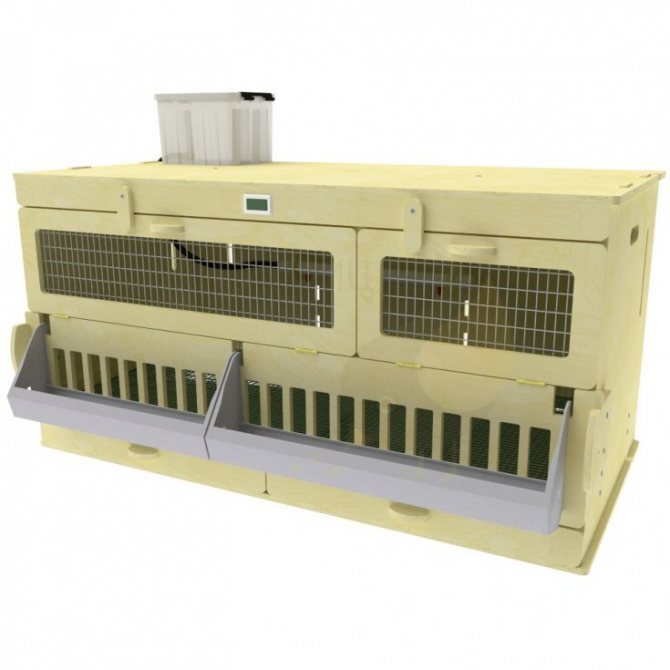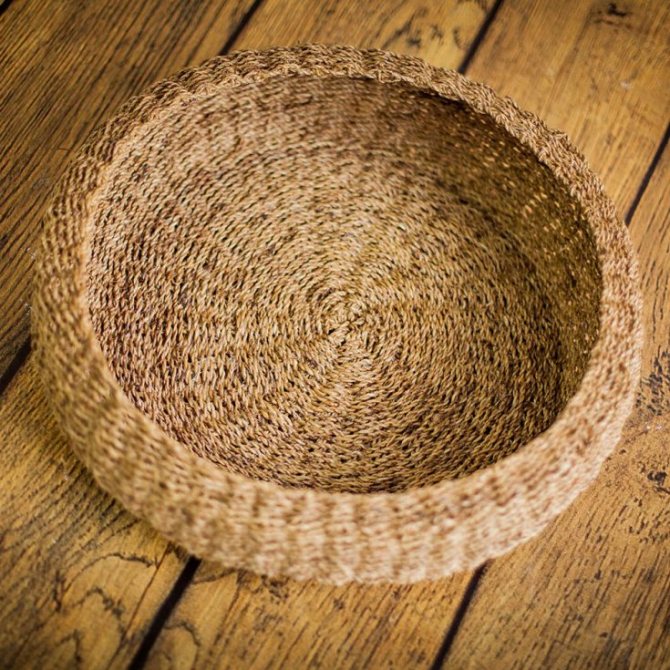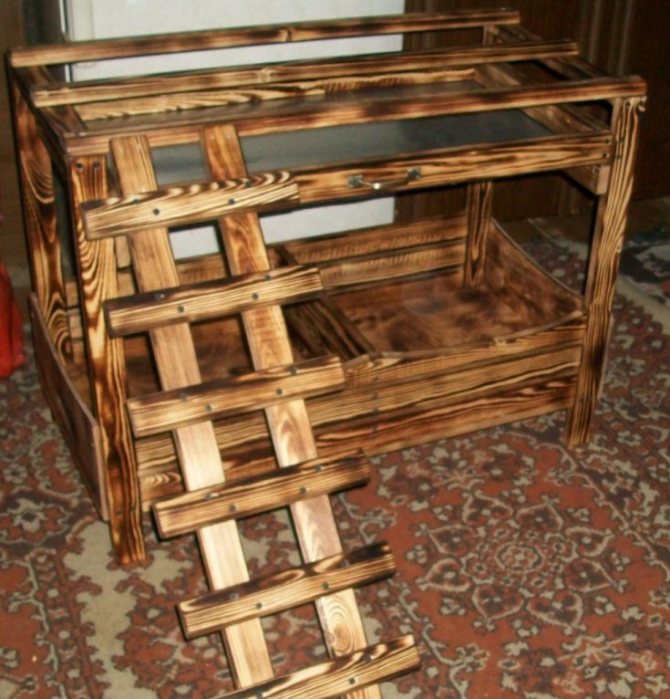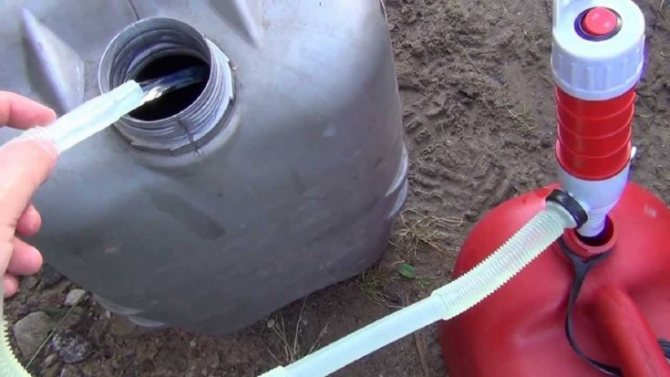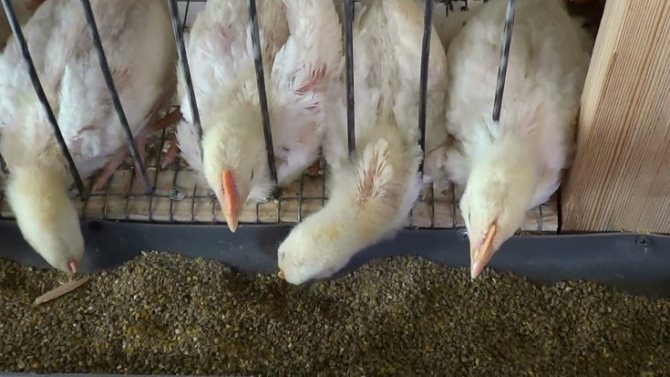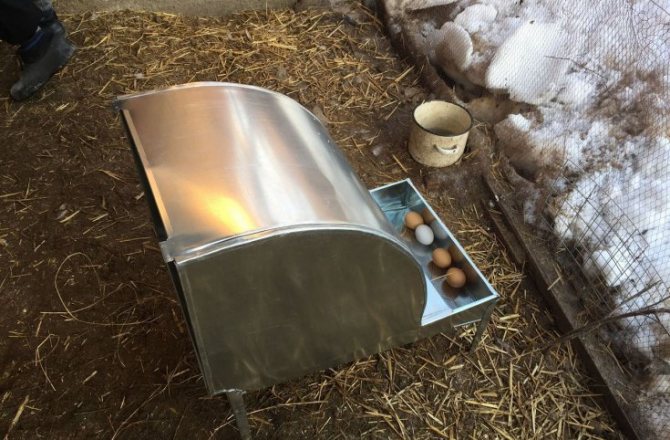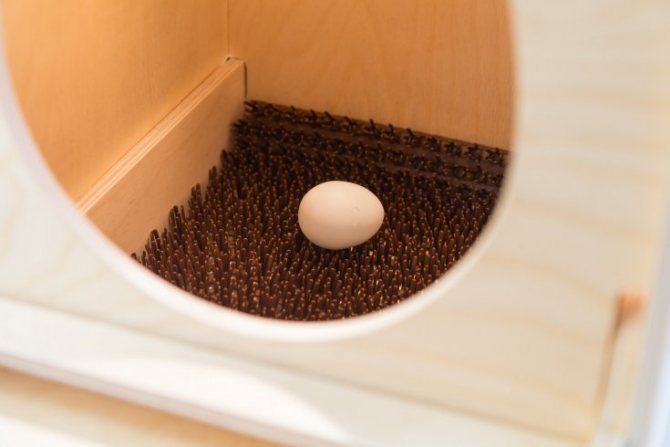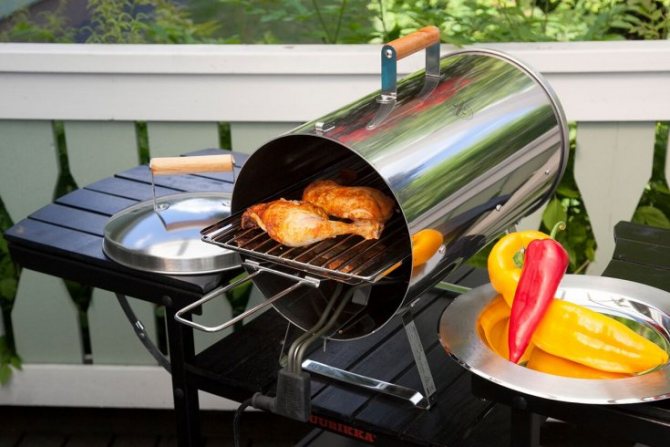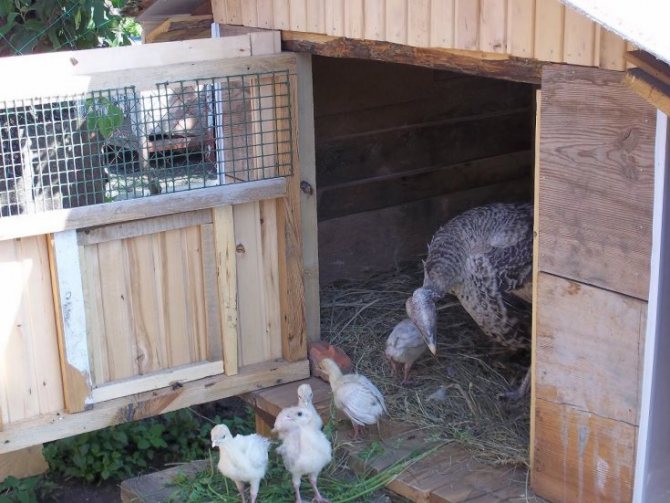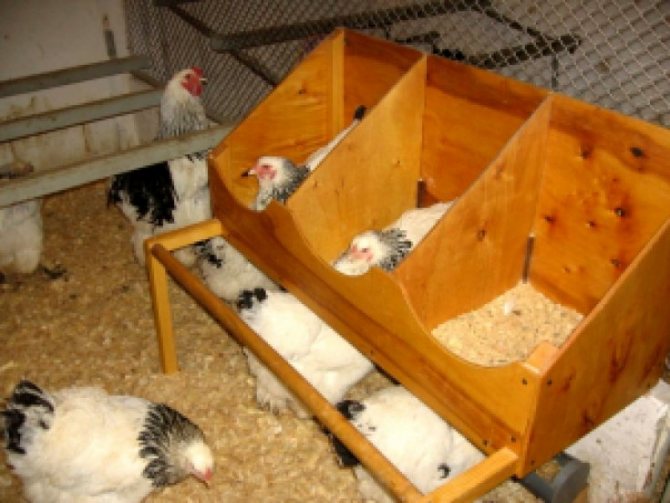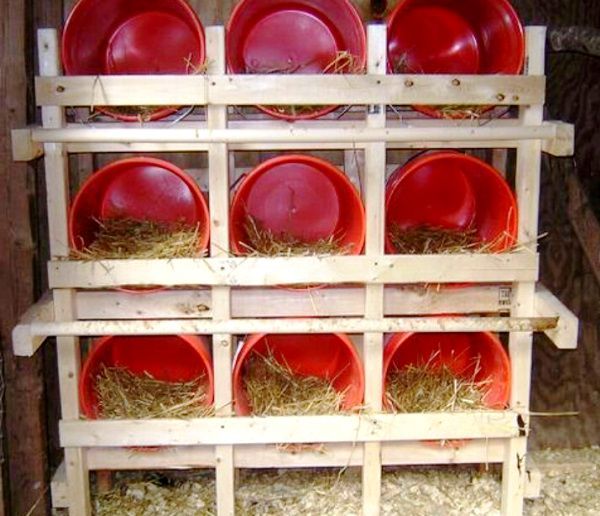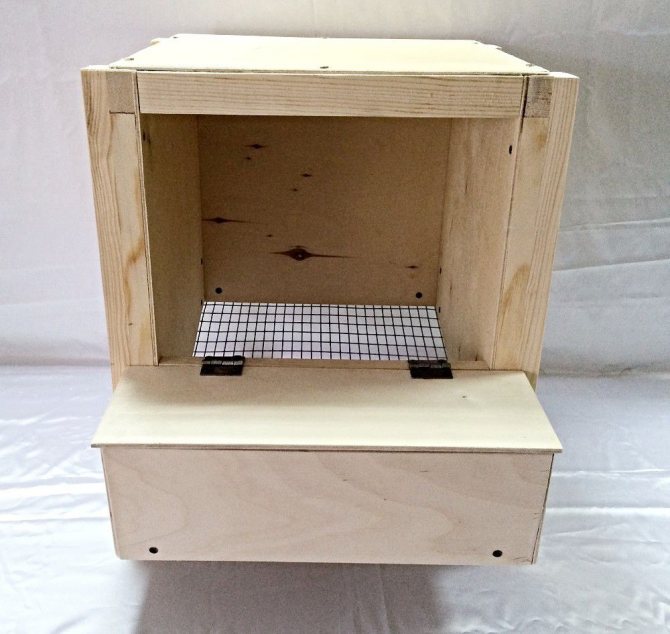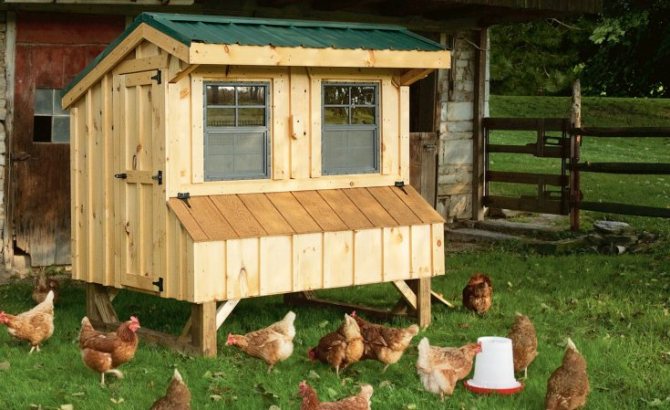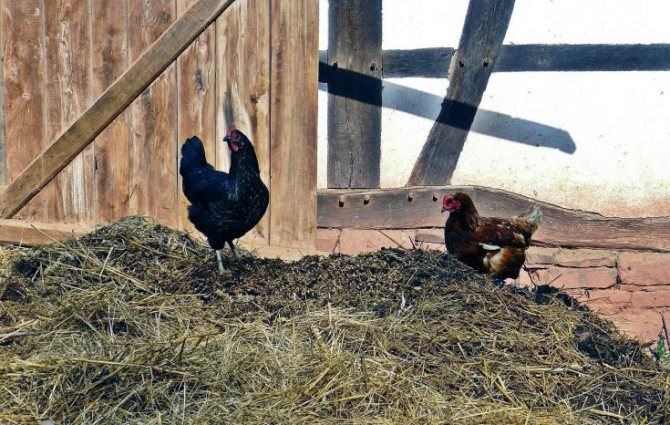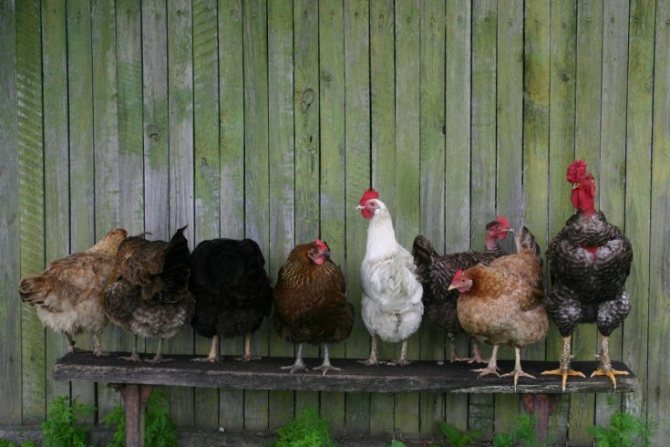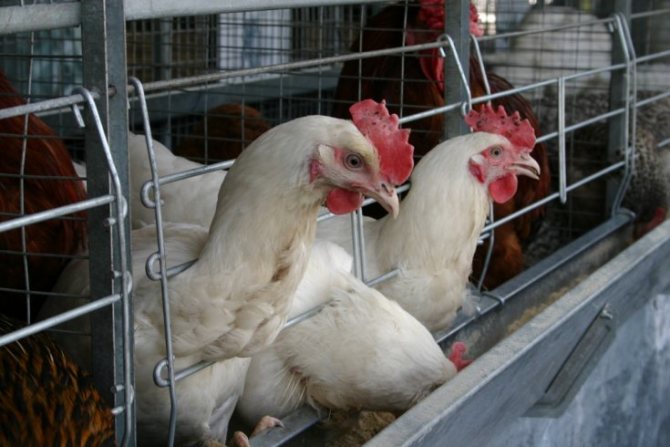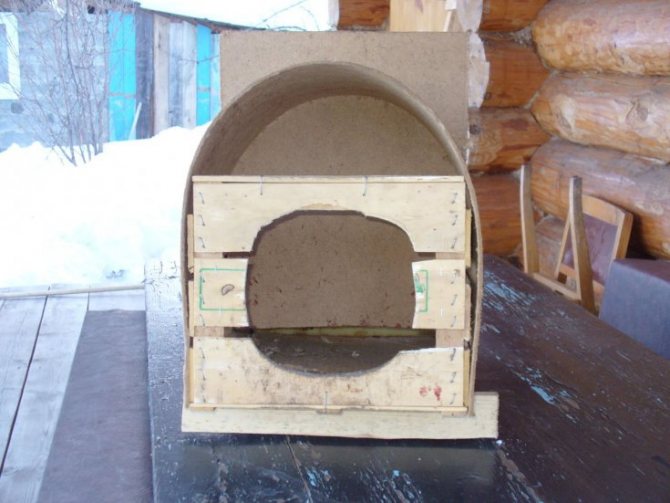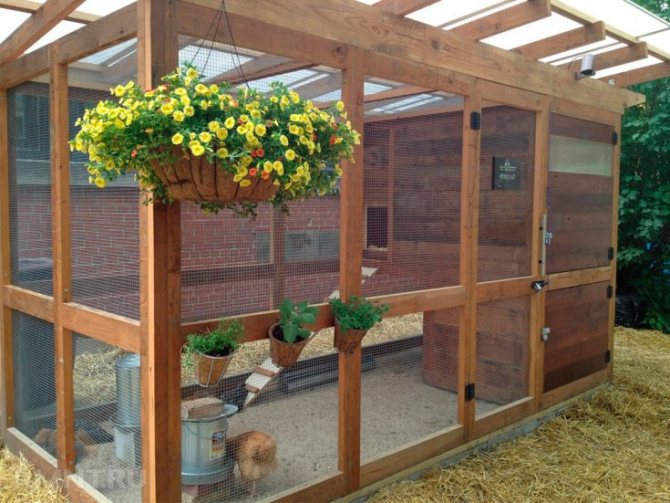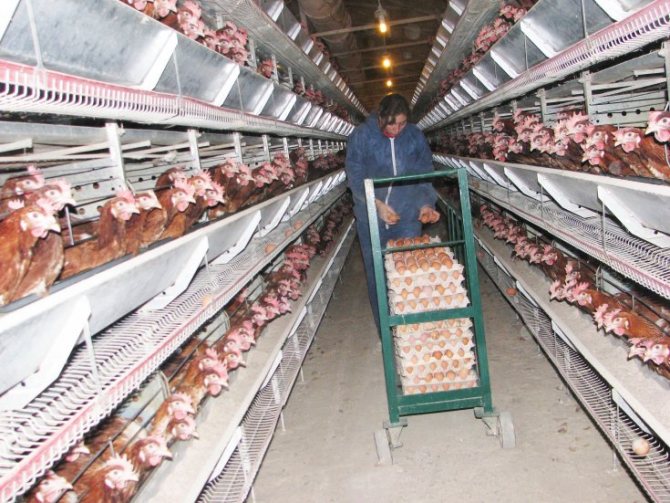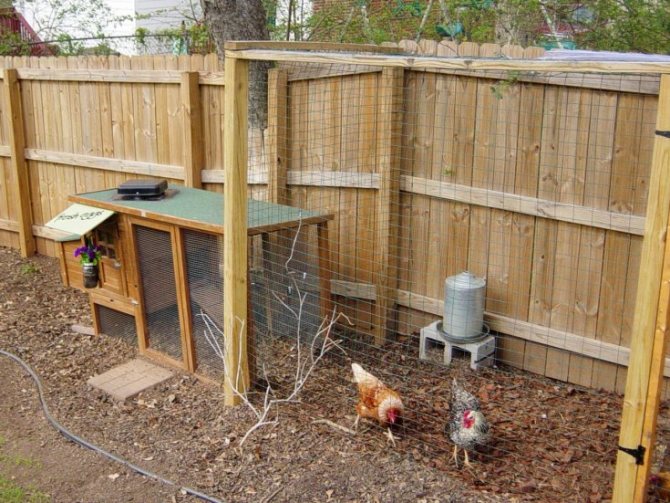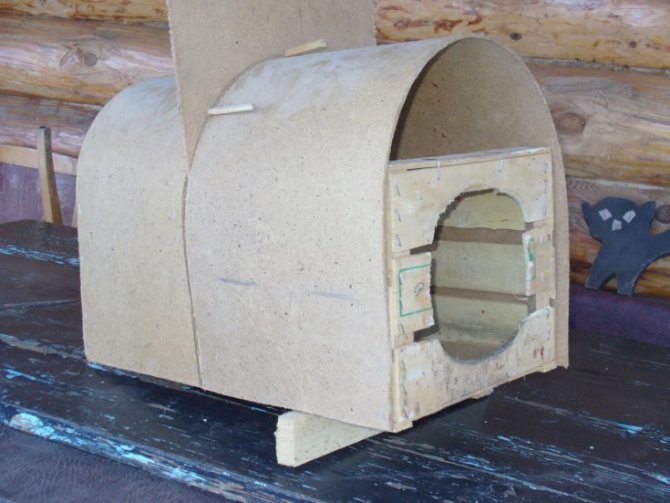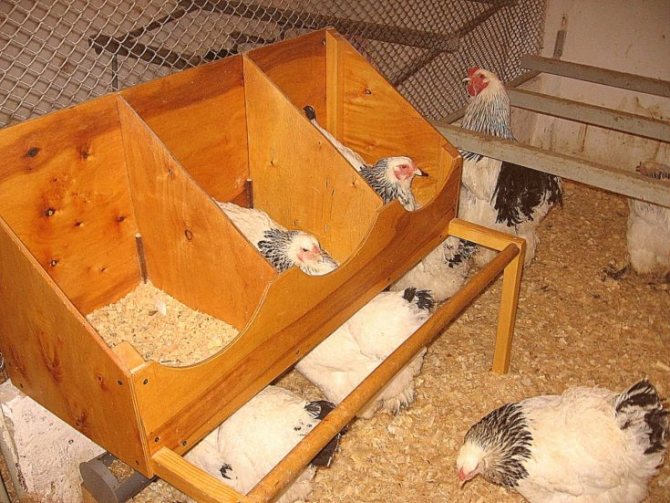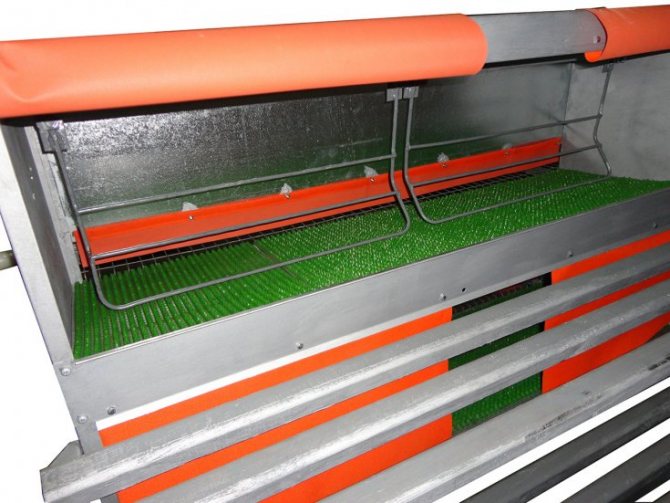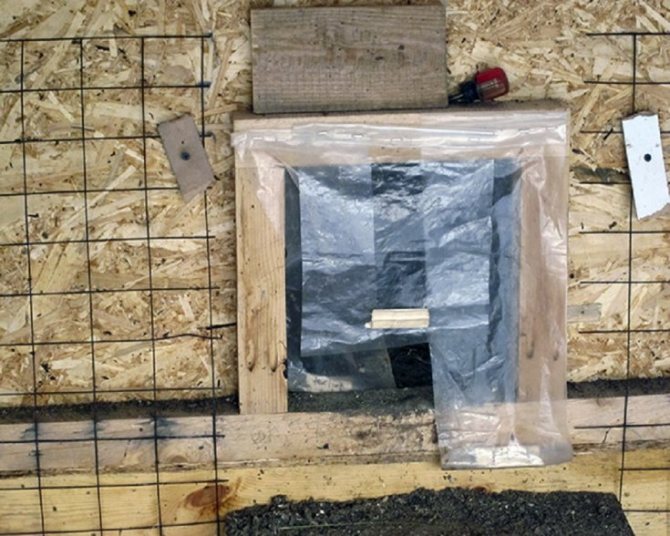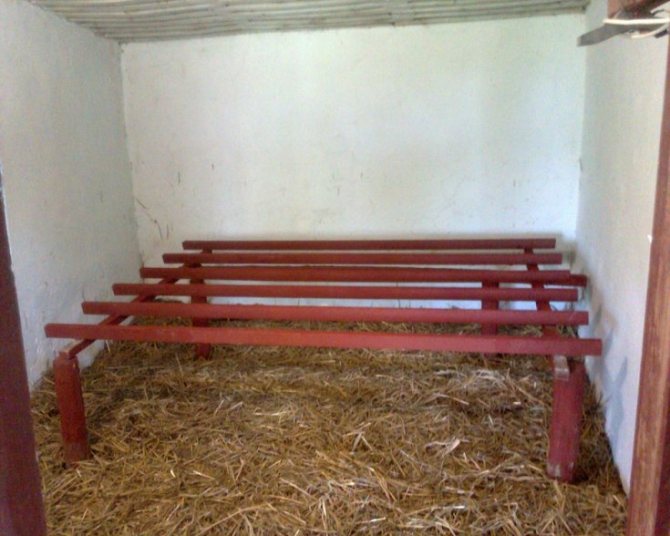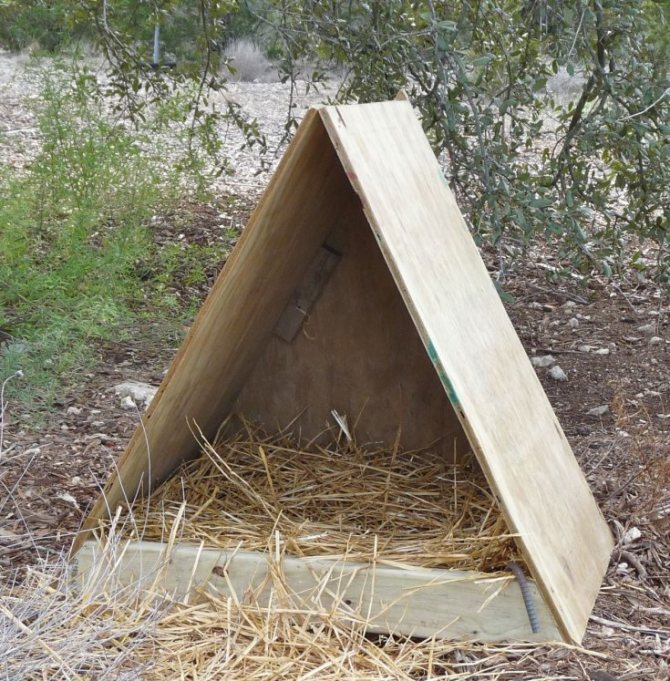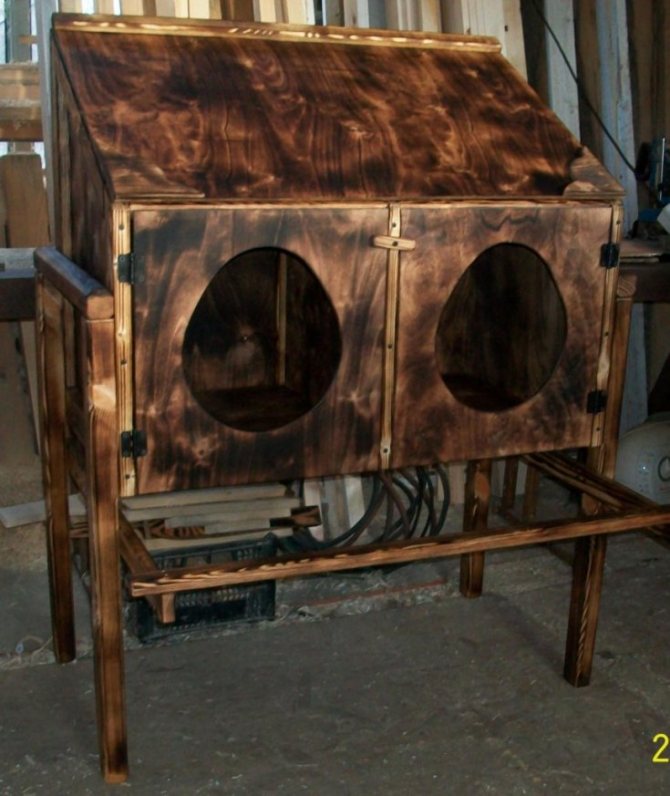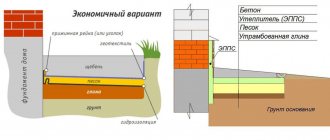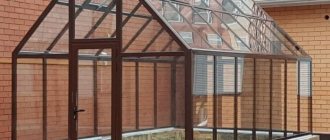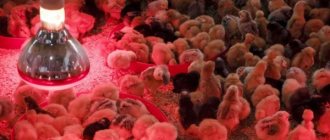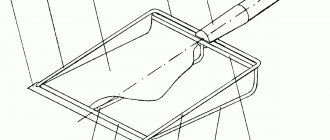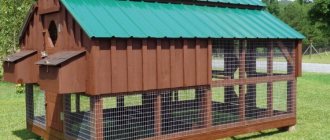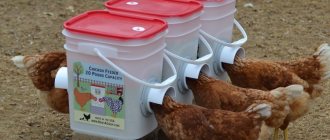Experienced poultry farmers know that a properly equipped poultry house can significantly increase egg production and egg quality. The presence of nests, or special places for layers, is convenient not only for them, but also for the owner of birds - he does not have to look for eggs in corners or in other hard-to-reach places, and also protects the "crop" from being eaten by other birds. How do you get an item so necessary for a chicken coop? Today, nests can be purchased at agricultural stores, but if desired, any poultry farmer can build them himself.

Chicken nests
Basic rules for arrangement
In order for the laying hen to pay attention to the nest offered to her, and not to lay eggs where she wants, you need to make it as convenient and safe as possible. The carrying process takes 30-60 minutes, during which it is undesirable to disturb the bird. Instinctively, she chooses a dark and secluded area with soft bedding. When walking, chickens can hide in thickets of grass, under berry bushes and in other places inaccessible to the owner.
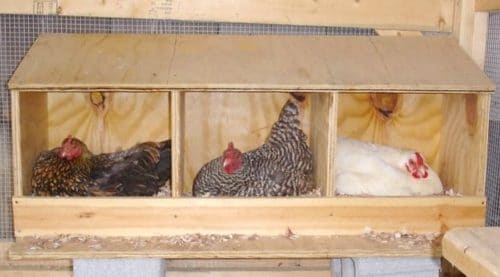

To attract chickens to artificial nesting sites, the following conditions must be observed:
- install them in the shaded corner of the chicken coop;
- choose a warm and dry place without drafts;
- install the box not on the floor, but slightly higher than it (up to 30 cm);
- high installation of nests (more than 50 cm above the floor) is also undesirable: eggs with blood streaks in the yolk are most often found in these;
- the number of nesting sites depends on the number of poultry - by 5 pcs. 1 box is enough;
- inside must be soft and dry bedding (straw, shavings, etc.).
You can install boxes for laying eggs where the chickens prefer to lay themselves, if it is convenient for the owner.
What do you need to know?
The most important factor to consider when building nest boxes is their internal dimensions. When keeping egg breeds, birds observe the following nest sizes for chickens:
- width - 25 cm;
- height - 35 cm;
- depth - 35 cm.
Households often keep meat and egg poultry, which is larger in size. For these chickens, the indicators of width, height and depth are 30, 45 and 40 cm, respectively.
So that the litter from the nests is not scattered, a side is installed on the front of the nest box. The height of the sill should be at least 5 cm. Before entering, it is recommended to make a shelf onto which a bird that is going to take flight will fly up. The shelf should be wide enough for the chicken to walk on. Sometimes this detail is made in the form of a perch. Then it is placed parallel to the front wall at a distance of 10-15 cm from it. The section of the bar is 5x2 cm.
It is advisable to make the roof of the nest boxes steeply inclined (at least 45 °). This will prevent chickens from trying to sit on it.
Types of nests and their features
There are several types of nests, each with its own characteristics, advantages and disadvantages.
| Nest type | Features of the | Benefits |
Nest box | It is a regular box with an opening, inside which layers can lay eggs | It is very easy to accustom chickens to such a nest - just close them inside for a few nights |
A nest from improvised means | For the manufacture of structures, any containers (boxes, buckets, baskets) can be used, the main condition is that they must be clean and intact | The main advantage of the nests is their low cost. |
Nest with egg collector | A special design, which implies a special container into which the eggs are rolled - this greatly facilitates their collection | It is much more difficult to make such a structure than the rest; if serious mistakes are made during the construction of the nest, the eggs will break |
When building nests, it is important to take into account the breed of birds: for ordinary layers, small nests (25x35x35 cm) are suitable, and for meat and egg crosses, structures of at least 30x40x45 are required.
Prices for a nest for laying hens
Laying hen nest
Video - Trap nest for laying hens
Nest booth
This type of chicken nest is a wooden box with only one side open. The product is removed through the inlet. If the bird is calm and does not bite its own egg, then such a design will be sufficient. With a large number of layers, the booths can be made in the form of sections that combine several box cells.
To work you will need:
- sheet wood material (plywood, chipboard) or boards;
- a bar with a cross section of 2-3 cm;
- screws or nails;
- sawing tool;
- file.
Cut out 5 rectangles with dimensions of width, depth and height as required (2 side walls, floor and roof, backdrop). Cut the bars to attach the walls to each other. From the remnants of the material, make a nut and an arrival board in front of the entrance to the chicken nest. File and sandpaper the edges of the parts until they are smooth.
Along the perimeter of the bottom and lid, reinforce 4 bars each flush with the edges, nail 2 of the same parts on the sides to the back. When cutting a bar, you need to take into account its thickness and make some of the parts shorter so that they fit well on the plane.
Screw the side walls to the bars fixed to the bottom and lid. Insert the backdrop between them and attach it at the top and bottom. Connect the sides with the bars on the back. Decorate the facade: attach the sills and a narrow bar on top to the bars. If the birdhouses are to be combined into a section, when calculating the details, it must be taken into account that the inner walls of the cells are common. In conclusion, they nail the landing board and set the box on a dais or fasten it to the wall.
Types of perches
Chicken roosts are made in accordance with the size of the barn and the number of layers.
The most popular designs for poultry farmers:
- Single-tier roost.
- Multi-tiered roost.
- Portable designs.
- Roost located above the nests.
- Corner perch.
If the livestock is small, you can build a box with a handle. If the farm is larger, perches in the form of tables with many rungs are well suited.
Nest with egg collector
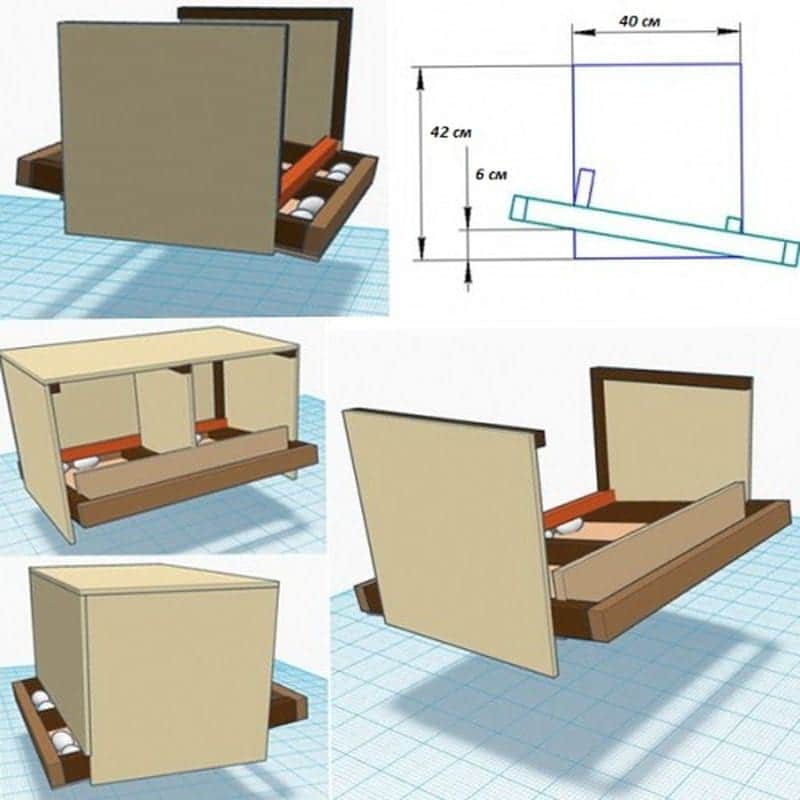

Sometimes the bird begins to peck at its own products, destroying some of it and dirtying other eggs. In this case, it is advisable to install nests for chickens with an egg collector, where the egg rolls immediately after laying, hiding from the field of view of those who like to eat.
The design is based on the principle of making a nest-booth. The new model differs in the enlarged floor detail and shortened backdrop. These details should be cut like this:
- the backdrop is shortened in height so that a gap of about 10 cm remains between its lower edge and the floor;
- the bottom part is increased in length (depth measurement): it should protrude beyond the rear wall by at least 15 cm and have a slope, which will also require an increase in length by at least 5 cm.
The assembly is carried out using the same technology, fixing the bottom with an inclination from the front to the back. A block attached to the edge will prevent the egg from sliding off the sloped bottom.To slightly reduce the rolling speed, attach a shutter made of thick fabric, plastic, rubber in the gap under the heel counter.
The valve should open easily, allowing the egg to pass out of the nest. In the tray formed by the slats, it is advisable to put a soft bedding that will slow down the rolling object and will not allow it to break on the sides. If it is inconvenient to install the tray on the back wall, the floor can be made tilted to the side wall and the slope can be brought out of it.
Double Bottom Nest
The next design of the chicken nest is designed to keep products from pecking. Its peculiarity consists in the presence of a false bottom with a slope and a hole into which the laid egg will roll, hiding from the bird's field of view. The difference from a simple booth is in the enlarged sidewalls and inclined floor parts installed inside.
To arrange such a nest, you need to do the following:
- when cutting, increase the length (height) of the sidewalls and backdrop by 15-20 cm;
- to supplement the structure 2 with details of the false bottom: their width is calculated so that, when installed inside the box, a gap of about 7 cm remains between them;
- you will need to cut out the supports from the bar to install the raised floor parts in an inclined position;
- do it yourself or choose a tray that is suitable for the size, where the eggs will roll;
- provide soft bedding in the tray.
The assembly of the main box is carried out according to the booth scheme. Before assembly, a support bar for an inclined floor is fixed on the inner side of each side wall. After the outer walls are installed, 4 parts of the raised floor must be inserted and secured inside the box. A box filled with soft material is placed in the pallet. The egg will roll between the sloped boards and fall into the tray, from which it can be removed.
conclusions
- Chicken nests are a profitable and uncomplicated endeavor, if initially responsibly approached.
- Bird nests must be made (built, must be done correctly at home according to the scheme) in accordance with their breed and the direction of breeding.
- For chickens who need to incubate chicks, it is better to choose tricky nests in the form of boxes, lay a good litter on the floor where they will shit.
- Farms or owners of large numbers of birds laying eggs should give preference to homemade nests with egg collectors. This will greatly facilitate the process of maintenance, care and collection of products.
- You can make a dwelling for birds yourself with your own hands and even weave from a vine. This does not require special skills, does not take much time and effort, but it will significantly save money.
Read how to make cages for chickens here.
Simple nest
If the poultry farmer did not have time to fully equip the poultry house, then you can organize a nest for chickens with your own hands from any suitable-sized boxes, boxes or other containers unnecessary on the farm. A simple nest can even be made from a car tire. A large one (from a tractor or a dump truck) is cut into 4 parts, and the chickens are carried inside such makeshift nests.
A small one (from a car) is placed in a chicken coop, filling its recess with hay or shavings. As temporary nests, you can also use plastic containers for paints or other building mixtures, fuels and lubricants, etc., cutting off unnecessary parts from them and giving the shape of a box.
The box is easy to put together from a piece of plywood and 4 bars 5-7 cm high. These parts are fixed to the bottom from a piece of plywood. The simplest nest is filled with bedding and used as a temporary option.
Diy photo of nests for laying hens
Read here - How to drill a well with your own hands: the equipment necessary for drilling and the nuances of conducting exploration (125 photos)
Useful Tips
So that the chickens do not get used to sleeping in the nests, dirtying the bedding, it is better to install a door at the entrance to the booth.The bird rushes in the morning, and the boxes can be closed at night.
If chickens fly to the roof of the booths and sit or spend the night there, it is advisable to sheathe it with a sheet of tin so that the wood does not deteriorate from droppings. Most often, the tin cover scares away lovers of relaxation at heights.
With a small chicken coop, nest boxes can be installed one above the other. In this case, it will be necessary to supplement the structure with ladders along which the birds can climb. It is convenient to place a bath with ash under the nesting sections so as not to occupy the free floor area.
How to attach the jacks correctly
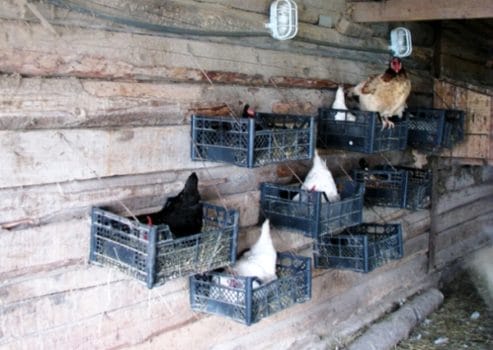

Correct installation of the nests implies their placement in such a way that a small gap remains between the walls of the nest box and the wall of the chicken coop. To make the base for the nesting site, you will need several boards and bars.
From this material, you need to cut 4 legs about 30 cm high and 4 veins. The length of the veins corresponds to the floor dimensions of the nest. Connect the details with nails so that you get the semblance of a bench without a seat. We attach a nest-booth or other variety to this base. You do not need to nail it: this will make it easier to clean the box itself and replace the litter in the chicken coop. The lightweight structure can be quickly disassembled and taken outside for drying and processing from parasites.
If necessary, you can make a stationary shelf base. At the same time, the size of the box is determined and the width of the shelf is made slightly larger than the depth of the booth. This will help replace the take-off board with part of the nesting base itself. Then proceed as follows:
- the support bar is nailed to the wall and 2-3 transverse support bars are reinforced on top of it (the distance between the supports is no more than 1 m);
- a jib is mounted under each bar, sawing its ends at an angle of 45 °, nailed to the wall under the support bar;
- the front edge (ends) of all cross members must be united with a long board or bar, attaching it to each support;
- make the flooring from slats or solid;
- put the boxes on the shelf, leaving 20-25 cm free in front of the entrance.
This design can be multi-tiered and used to install simple open box nests or booths without an egg collector.
Varieties of designs
Wanting to save money on buying an expensive design for birds, you will have to work hard and build it yourself. For this, wood, boards or beams are suitable, as well as sheets of plywood.
There are several types of such designs. The most common is a box. Installation of such a house for laying hens will not cause difficulties. The design is simple, it will take little materials and effort. If it is not possible to build a nest, they use any household items: buckets, plastic barrels and boxes, etc.
The second option is a box with an egg collector. This is an improved version of the conventional bird box, featuring a device for removing eggs from the litter. It is more difficult to manufacture, but convenient for humans.
Caring for the nests
Keep the nest boxes clean. The appearance of the products for sale and the safety of the owners themselves who eat the egg depend on this. To collect a clean and undamaged chicken egg, you need to properly care for the nest boxes:
- replace litter as it gets dirty with droppings, broken eggs, or other contaminants;
- Once a week, it is recommended to treat the bottom of the nest box with a solution of a disinfectant (Whiteness, bleach, etc.), and then dry and ventilate the boxes;
- Once a month, it is advisable to treat the inner surface of the nests with sulfur powder to prevent the reproduction and transfer of ticks, chewing lice and lice;
- 1 time in 3 months to inspect the nesting sites, identifying defects that appeared during operation and carrying out minor repairs;
- Once a year, you will have to carry out a thorough cleaning of the chicken coop, taking out in the spring all the litter accumulated over the winter and airing again, drying and treating the boxes from bacteria and parasites.
Sometimes a mesh bottom is made in nesting equipment. This saves time on handling the box, but requires only coarse litter: straw, shavings, dry sheets, etc. Small sawdust and similar materials will not be able to stay in such a nest for a long time, and the owner will have to constantly fill up the litter.

